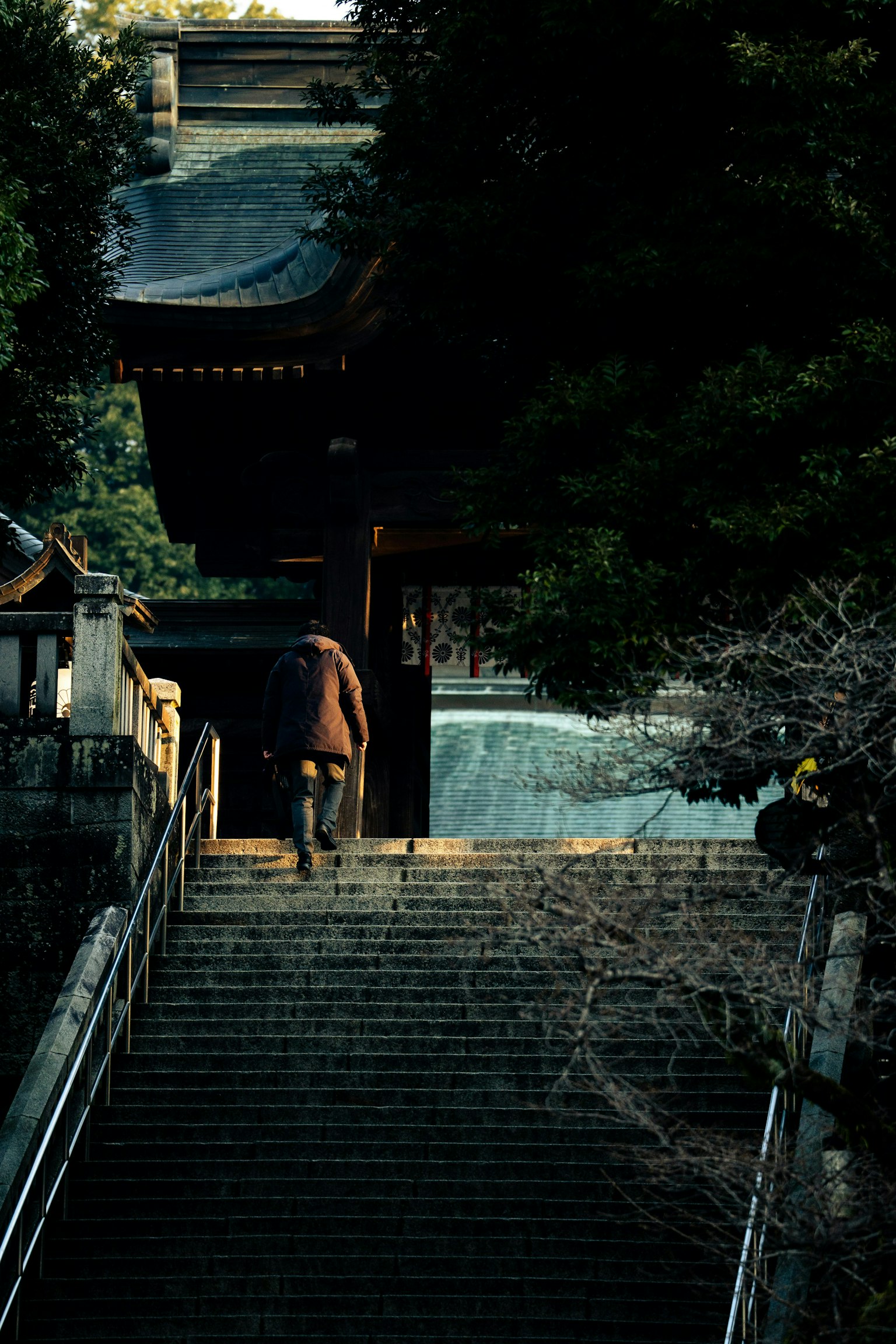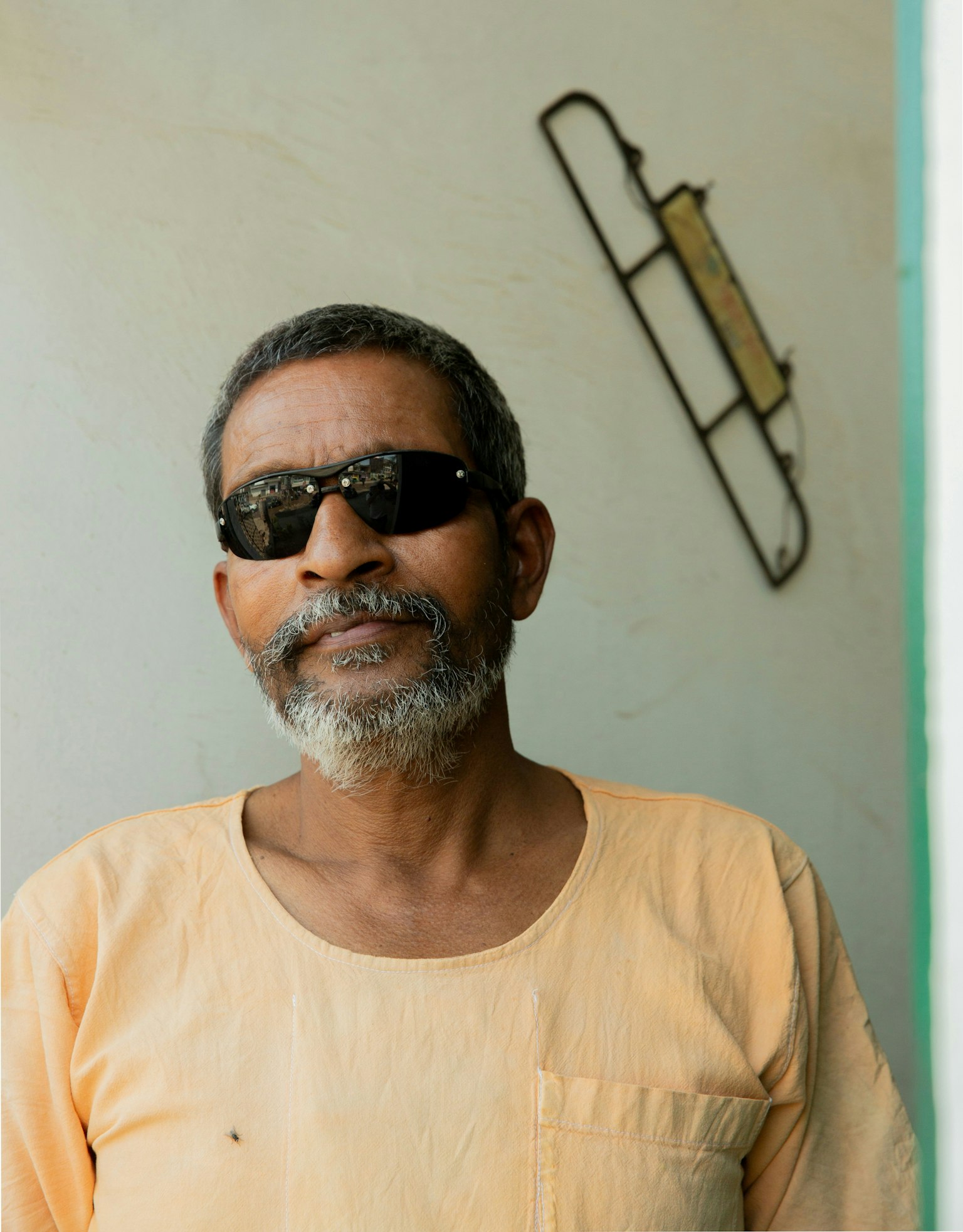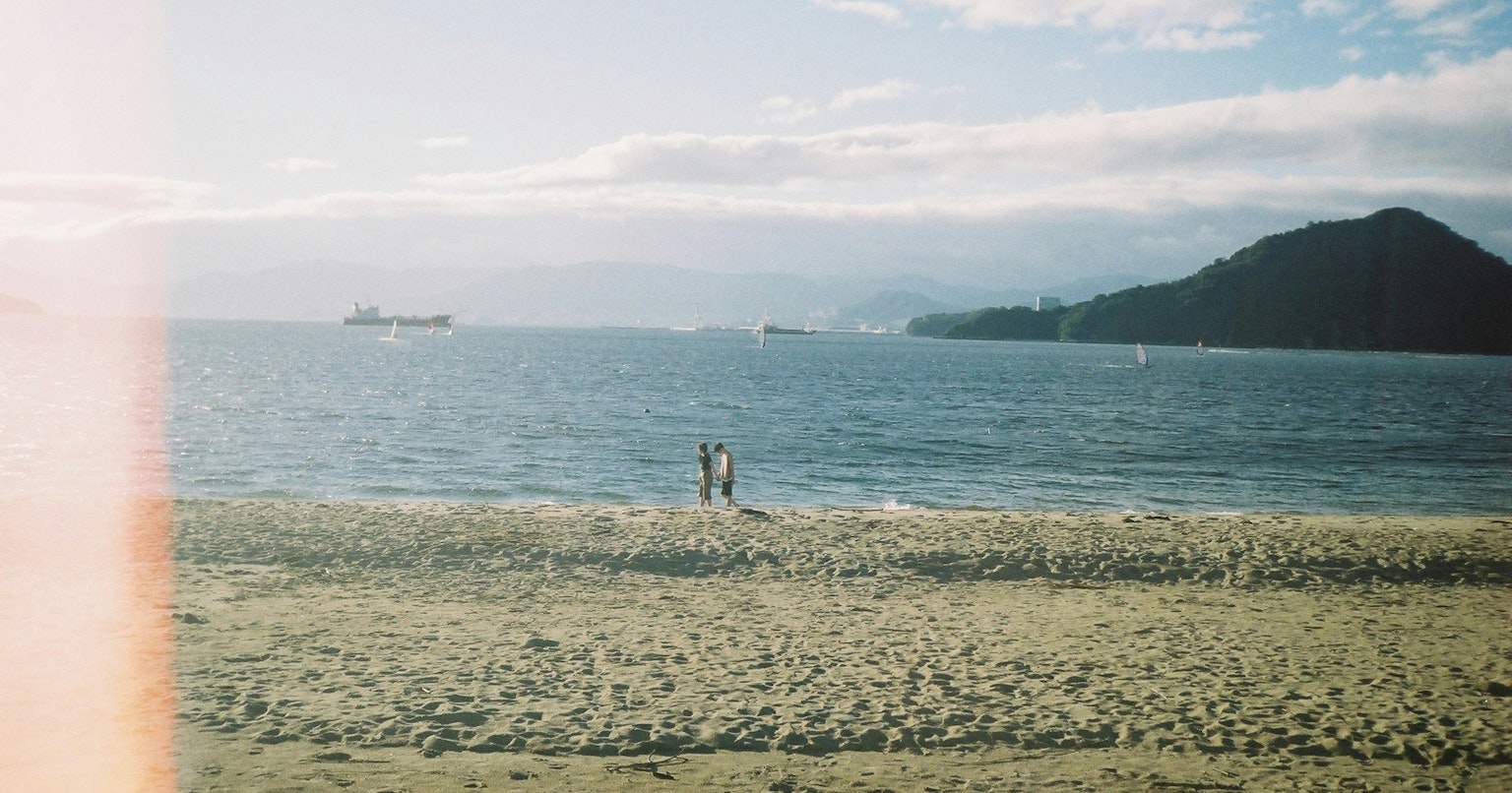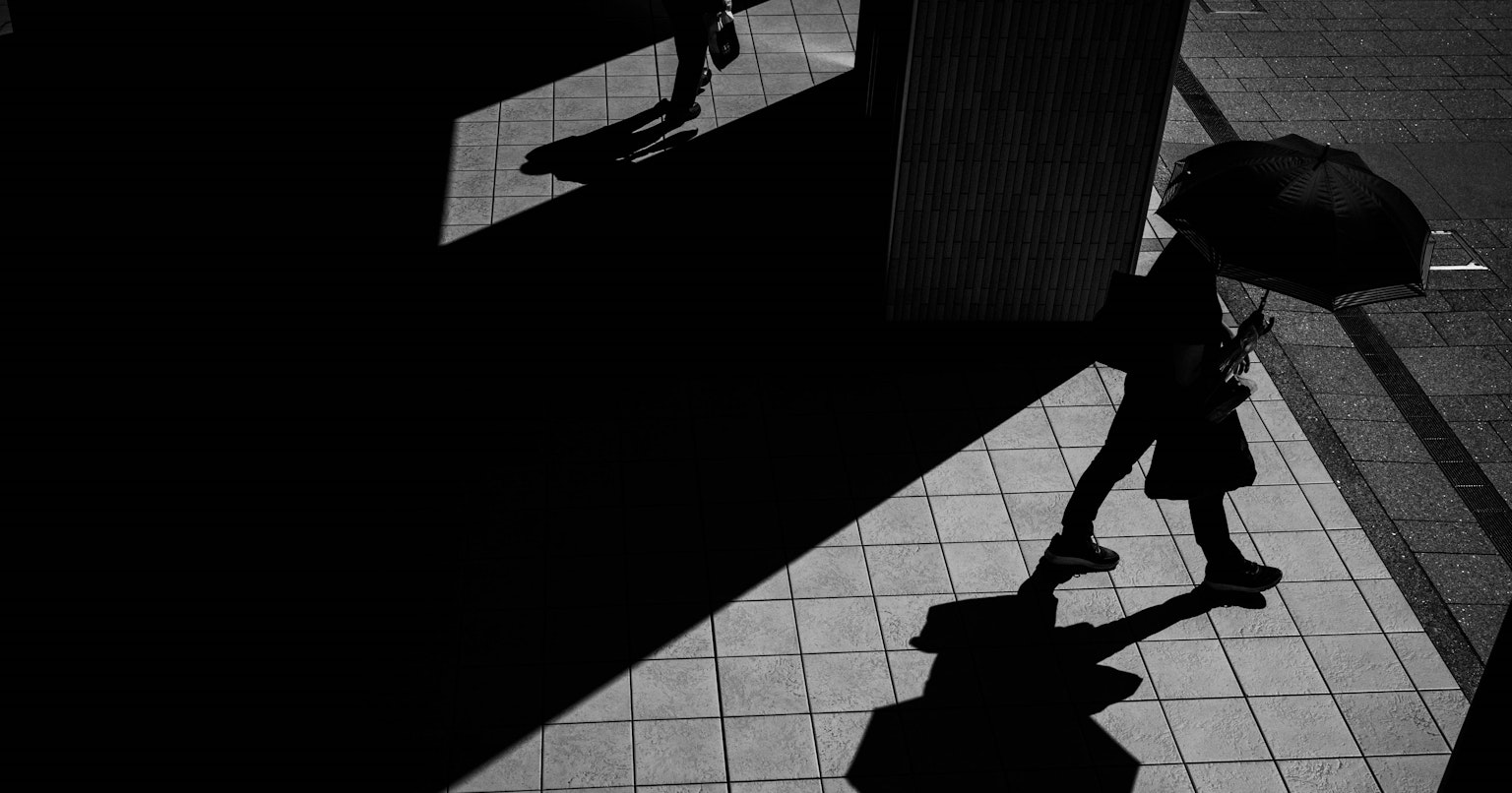
Cover photo by mirume
When creators capture 'reality,' it is not merely an act of recording. In the split second of pressing the shutter, what is chosen and what is left out? The way a photographer frames both the beautiful and the painful aspects of reality is deeply tied to their perspective and ethics.

In the age of social media, images are quickly disseminated, often stripped of their context and consumed. This is why the stance of photographers on the scene is being called into question.
The 'Direction of Not Directing'
Capturing the reality of a scene does not simply mean photographing things 'as they are.' Every choice—composition, lighting, distance—adds intention to the photograph.
Even making it appear as though 'nothing was done' can be a powerful form of direction. This is why being aware of one's involvement and reevaluating the relationship with the subject is key to maintaining integrity toward 'reality.'

The Intersection of Reality and Privacy
When photographing streets or social settings, reality and privacy are always in tension. Capturing someone's life or emotions is both 'documentation' and 'intervention.'
It is not just about obtaining permission; considering how the subject wants to be portrayed is also an essential responsibility for creators.

Moments That Go Beyond 'Beauty'
Sometimes, reality is unpleasant, painful, or something we would rather not see. However, this is precisely why photography has a unique power to communicate. By conveying the atmosphere of the scene and the presence of people without embellishment, the viewer's imagination is sparked.

It is not about editing for 'beauty,' but about observing for 'truth.' This is the approach to reality that is now demanded of creators.



